Photography is no stranger to politics. With the possible exceptions of landscape and still life photography, nearly every other form engages people and thus makes some form of a judgment. That judgment is based on the photographer’s aesthetic and values as much as ideas of composition. Aesthetic and values are personal, derived from a social milieu, and by definition suspect. To be aware of the influences and limits of a value system is a first step toward a more inclusive empathy.
“Northern Plains Americans: A Modern Wet Plate Perspective, Volume Two” by Shane Balkowitsch
Published by Nostalgic Glass Wet Plate Studio, 2022
review by W. Scott Olsen
Photojournalists know this well. Street photographers are aware of this. Documentary photographers often use this as a starting point. But we rarely talk about the politics of a portrait. A portrait seems simple enough, most often a headshot of somebody who either is leading an interesting life or has an interesting face. But “interesting,” of course, is already a problematic and shifting idea.
There are portraits, famous portraits, which are unapologetically political. And political, in this sense, means it has an agenda. Think of the portrait of Malala with the poetry on her face. But most portraits seek only to illuminate a face so that those of us who see the image can try and discover something about the person’s work behind the cheekbones and eyes. A portrait of Mother Teresa, Che Guevara, or Frank Sinatra really is no different from a picture of the unknown person next door, except by what we bring to the viewing. We bring the history, the context, the joy or anger we feel, to our participation in the creation of meeting. The politics reside in us much more than they reside in the photographer.
I am thinking about this because I have on my desk Northern Plains Native Americans: A Modern Wet Plate Perspective, Volume Two, by Shane Balkowitsch. This book is a continuation of Balkowitsch’s project, his hope to create portraits of 1000 northern plains Native Americans. His images are produced by the wet plate collodion method and every single one of them is striking.
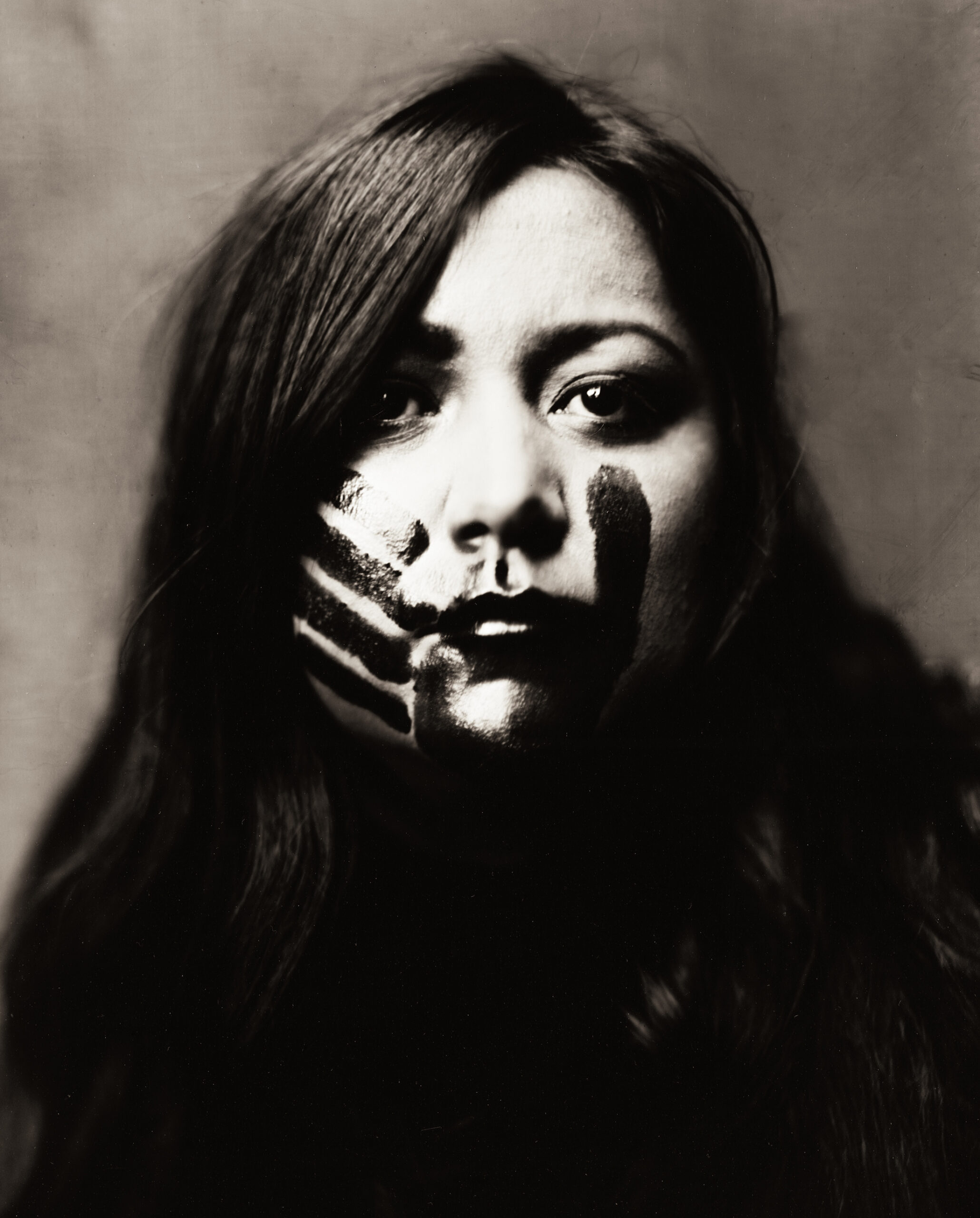
Each image invites a prolonged consideration of the character of the person in the portrait. The presentation in the book, with the image on one side of an open spread and the person’s name both native and common, tribal affiliation and date of the portrait on the other side, gives each image and each portrait a sense of gravitas and weight.
The wet plate collodion method provides for a very shallow depth of field, so focus is a large part of the method’s appeal. And these images are monochrome, so there is the sense of timelessness and dignity. This book, along with its predecessor, are important documents, especially for anyone residing on the northern plains, like I do, as well as for anyone in North America, or anyone interested in indigenous cultures anywhere.
And if all I wanted to do was write a review of the book, it would be simple. This is an important and oftentimes profound collection of images. You should own a copy.
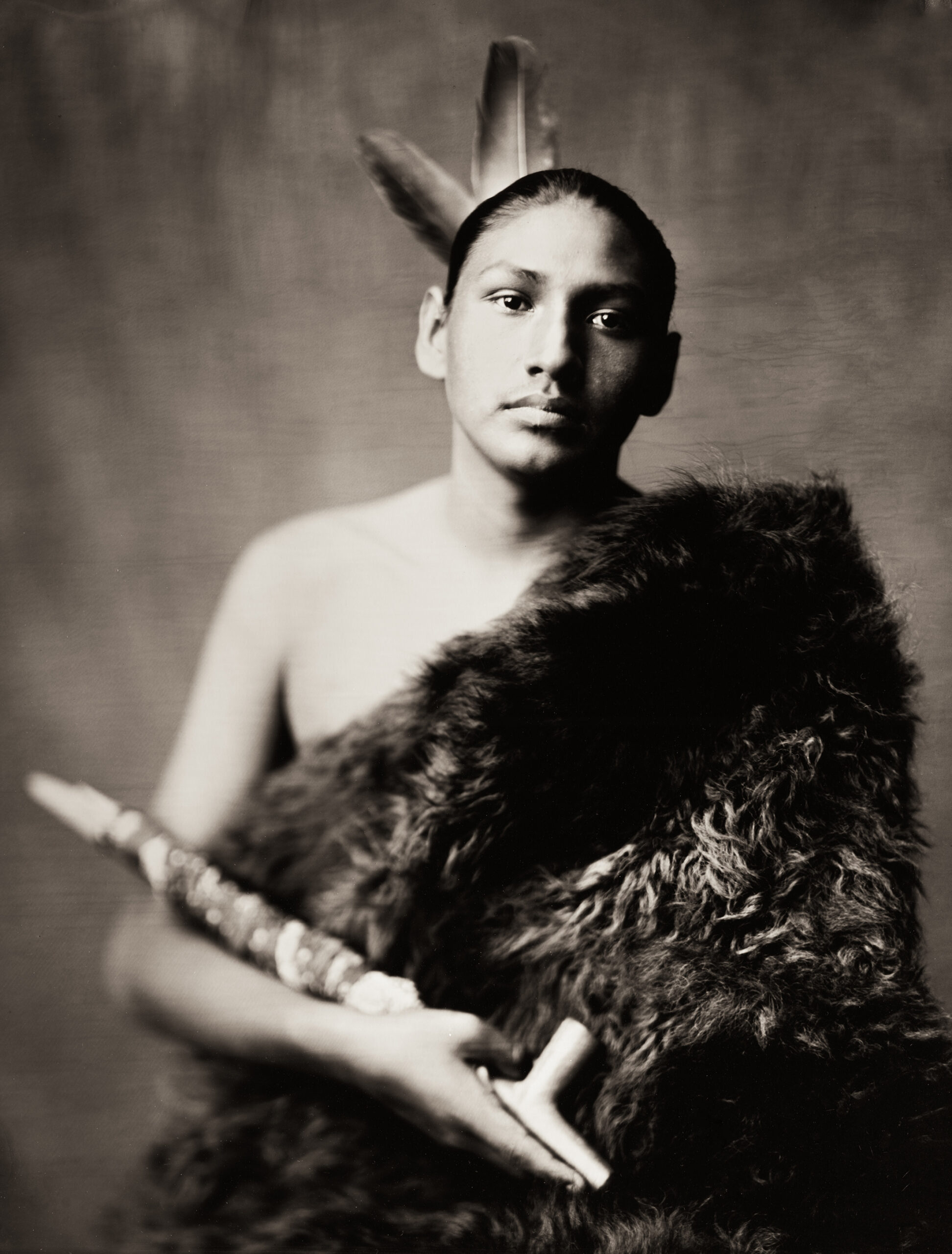
But there is more to this story, and the “more” is troubling.
Recently there has been some controversy. Balkowitsch was invited to be a guest on a radio interview with Lori Walsh on South Dakota Public Radio. The interview did not go well.
Walsh is no novice. According to her online biography, “Lori Walsh is host and senior producer of In the Moment, SDPB’s daily news and culture broadcast. In six years of public radio, she has interviewed more than 6000 guests on-air, in studio, or on stage. Walsh is also a writer, poet, and teaching artist. Her professional memberships include Investigative Reporters & Editors, Society of Professional Journalists, and National Book Critics Circle.”
During the interview, Walsh pointed out, correctly, that Balkowitsch is a Caucasian male. He doesn’t have a drop of Native American blood in his history. So, she asked, in effect, who are you to be taking pictures of Native Americans?
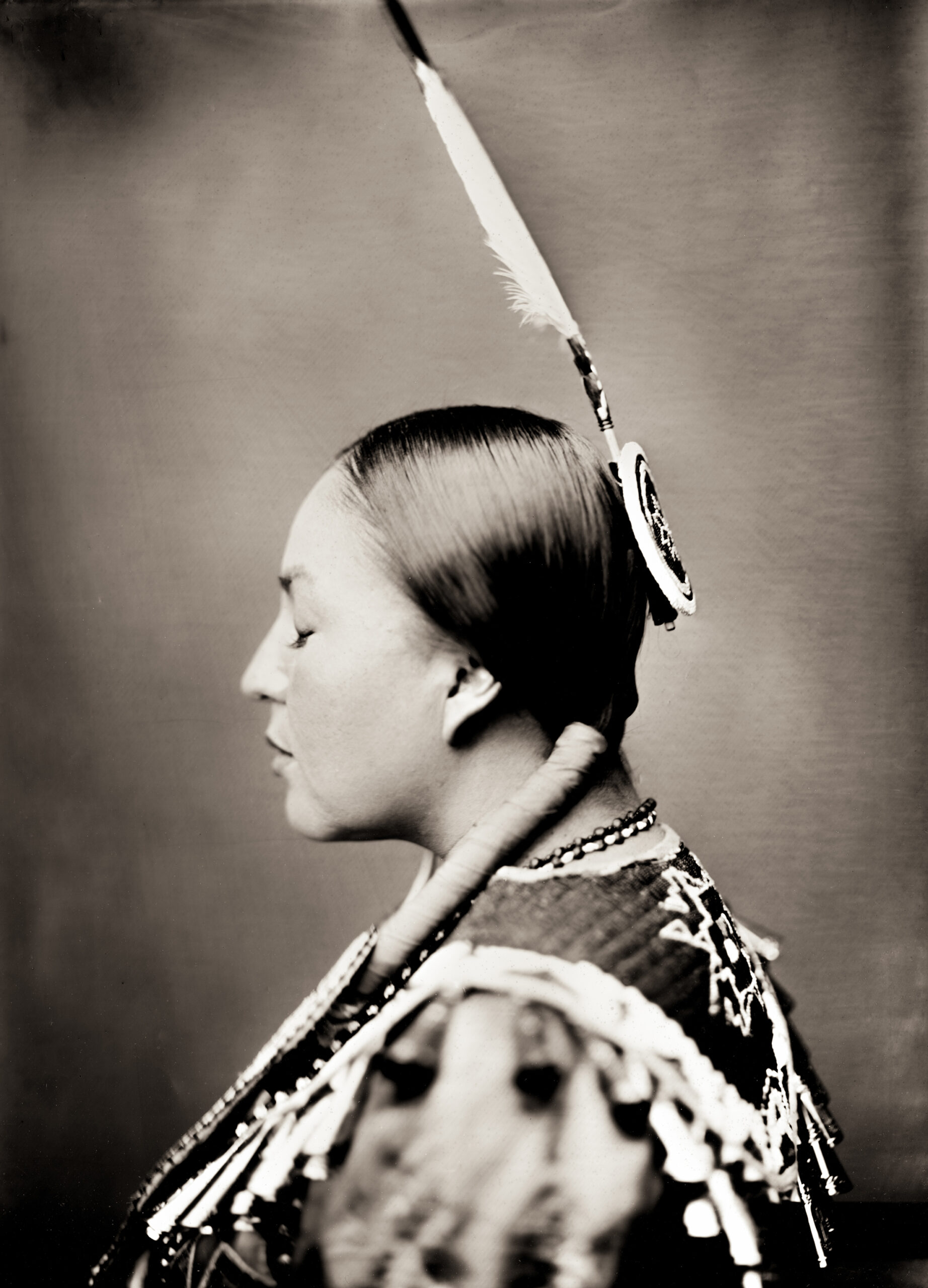
It’s a fair question, and not an unexpected one. In fact, the book’s introduction takes this question on directly. Walsh, apparently, did not know this.
She wondered, in fact accused him by implication, of the errors of paternal, romanticized, stereotypic portrayals of Native Americans. The white savior routine. Wasn’t he guilty, she implied, of the same kind of racism that comes along with a colonial mindset?
The book’s introduction by Clay Jenkinson, historian and Director of the Dakota Institute, examines many of the issues of authenticity and appropriation.
Jenkinson writes, “Shane’s purpose is not to photograph Native Americans as if the 19th and 20th centuries had never happened—the mission of the great Edward S. Curtis (1868-1952)—but to record individuals as they wish to be seen, to give Native Americans the opportunity to explore their self-image, perhaps at times a fantasy image, in a safe space where who they are and how they see themselves are certain to be respected and admired…Balkowitsch is granting Native Americans agency—one remarkable portrait at a time—and reminding all of us, and often magnificent visual terms, that Native Americans are still here, that they have deep cultural pride, that they intend to maintain as many traditional ways as possible, in fact they intend to recover cultural traditions that were nearly crushed out by the juggernaut of America’s westering, and that they live in two worlds simultaneously and have no intention of being absorbed or erased.”
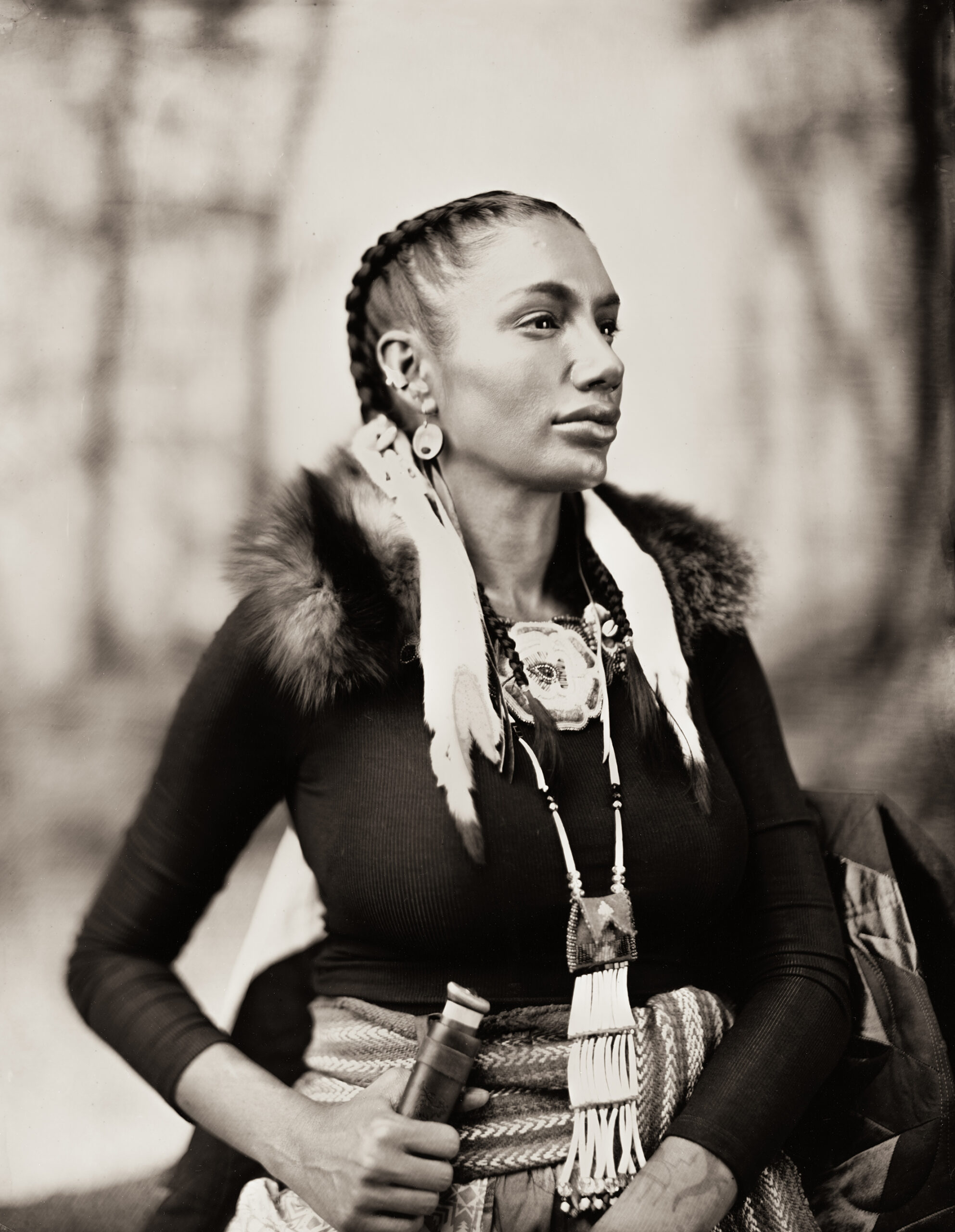
Jenkinson continues, “Whenever a non-native artist chooses to depict Native Americans (or any other historically subjugated group), the specter of cultural appropriation raises its head…a few cultural critics would even argue that no white person, no matter how pure and noble his intentions, can really “see” Native Americans except through his confused mishmash of assumptions, prejudices, conceptions and misconceptions, and the structurally racist curriculum to which or he or she was exposed from an early age, not to mention the bombardment of popular culture…It would be a grave mistake, I think, to view Shane Balkowitsch in that light.”
Jenkinson concludes by saying he believes Balkowitsch’s portraits are, in his opinion, a part of the healing.
This is not a new topic for Balkowitsch. He answered Walsh’s question gracefully. She refused to accept his answer and asked again and again, then ended the interview early because he would not accept her implied proposition that you need to be a member of a community to represent it.
As a bit of history, which is clear to anyone who has read the text in the book:
Balkowitsch does not seek out his portraiture subjects. They come to him. He does not dress them in traditional garb. They choose what they want to be portrayed wearing. He does not pay them; they do not pay him. He fell in love with wet plate collodion photography simply for its look, and he has made many images using this method that have nothing to do with Native Americans. But he also had the good fortune to photograph Ernie LaPointe, “Eternal Field,” the great grandson of Sitting Bull, using the same photographic technique as the famous image shot by D.F. Barry. That began his interest in providing a photo documentary of Native Americans.
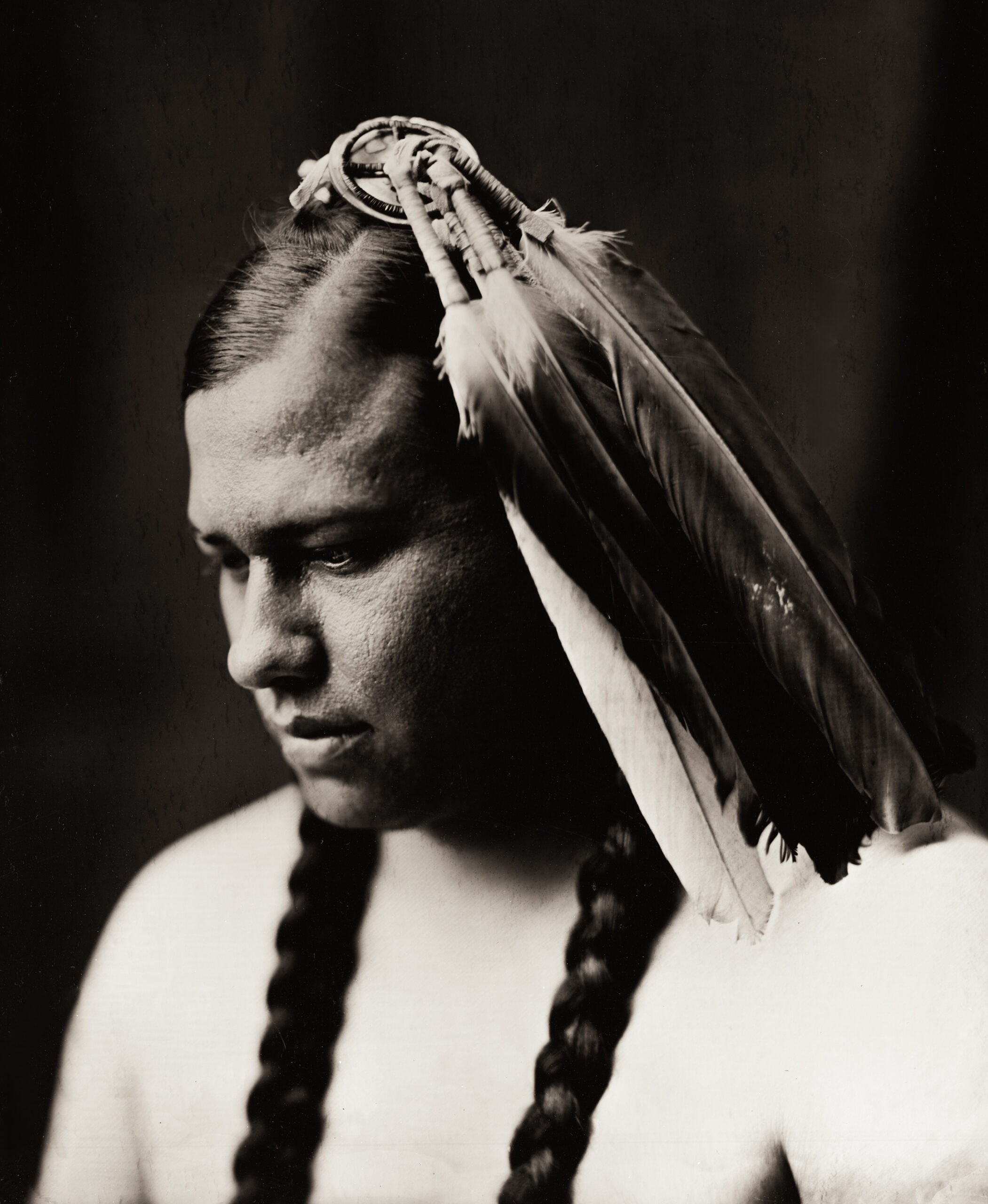
Balkowitsch’s work has become well known in the native community, well respected, well liked, and much sought after. Balkowitsch’s Facebook page is filled with tributes from Native Americans about the value of his work.
Debra Haaland, United States Secretary of the Interior, who is Laguna Pueblo and the first Native American to serve as a cabinet secretary, wrote on another occasion:
The work that Shane does for its artistic merit as well as for its collaborative nature is genuine and enthusiastic, on a human level. For the folks of many different Indian tribes, who sit for his portraits, and who often become his life-long friends, Shane builds real rapport. Beyond the making of art photographs, it is this rapport, and the importance of honest collaboration between people of different cultures, that is so important for our country and is at the center of the moving forward of our country.
Responding to the many complaints about Walsh’s interview, Representative Tamara St. John of the South Dakota Legislature wrote to Shari Kosel, Program and Communications Director of Arts South Dakota, and said, in part:
I just listened to the SDPBS interview by Lori Walsh with Shane Balkowitsch that aired today. I have to say that I agree with the people contacting me about this when they say it was a terrible interview. I’ve received a number of calls and messages about the way he was treated in an interview he obviously did to support and promote South Dakota arts and the Dahl Fine Arts Center where his work is now being exhibited. Instead it would seem this interview was a focused effort to create divisiveness, controversy and induce an argument over with Shane utilizing her personal ideas and making accusations.
Let me be clear. I have no problem with questioning the possible appropriation of culture. I have no problem at all with questioning a photographer’s possible bias. And an uninformed interview, as this clearly was, is a nuisance but also generally not more than a bother.
Clearly uninformed about the vocabulary of photography, Walsh objected to the use of “capture” for image-making, because it did not fit her mindset. She objected to the way the men and women are dressed in Balkowitsch’s images, claiming it was a stereotypic presentation.
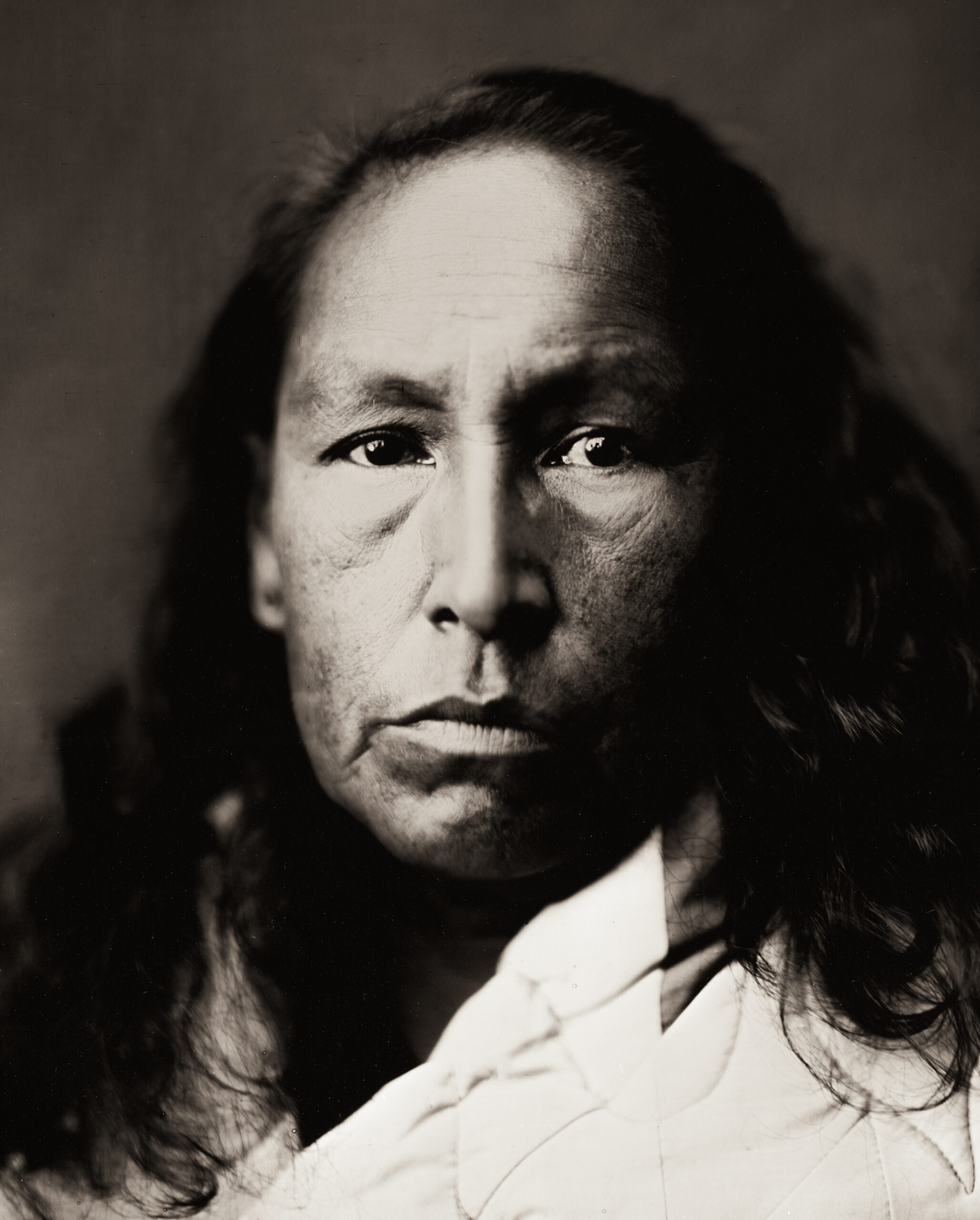
A sidenote: it’s interesting to note that white North American culture does not have what someone might call a traditional outfit. Many other cultures, however, do have clothing which is recognized as being representative of their culture over time. When students come to the college where I teach from Nepal, for example, they often bring at least one traditional outfit. My students from Mexico often bring a traditional outfit. They don’t wear these every day, but at cultural or ceremonial events they do put on these outfits to indicate their pride and membership in a cultural tradition. So it makes perfect sense that the Native Americans who show up in Balkowitsch’s studio bring clothing and jewelry that represents their cultural history. A jingle dress is hardly a white man’s imposition of a stereotype.
Something more is going on here, though, and it’s not limited to Balkowitsch’s work with Native Americans.
It’s not only his portraits of Native Americans that have caused people with their own political aesthetic to object. And it’s important to note they don’t object to the person in the picture, they object to the existence of the picture itself. There is a kind of politics of silencing in the air.
Balkowitsch recently took a portrait of Swedish environmental activist Greta Thunberg (see: the featured image above). The backlash was astounding. The objection, of course, had nothing to do with the portrait and everything to do with her politics. People were angry the portrait existed at all, that it gave her a visual platform for her views. Balkowitsch also took a portrait of conservative Jordan Peterson and received the same reaction. No one talked about the image. They said the image should not exist.
Walsh did not say Balkowitsch’s portraits were bad. She questioned, because he is not Native, whether they should exist.
It would be easy to say the problems here are really in the audience and not in the artist, but that also isn’t true. There are grotesquely stereotypic and racist images using appropriated imagery from Native American culture as well as every other culture on the planet. But how does any image convey respect and empathy? How do we know this?
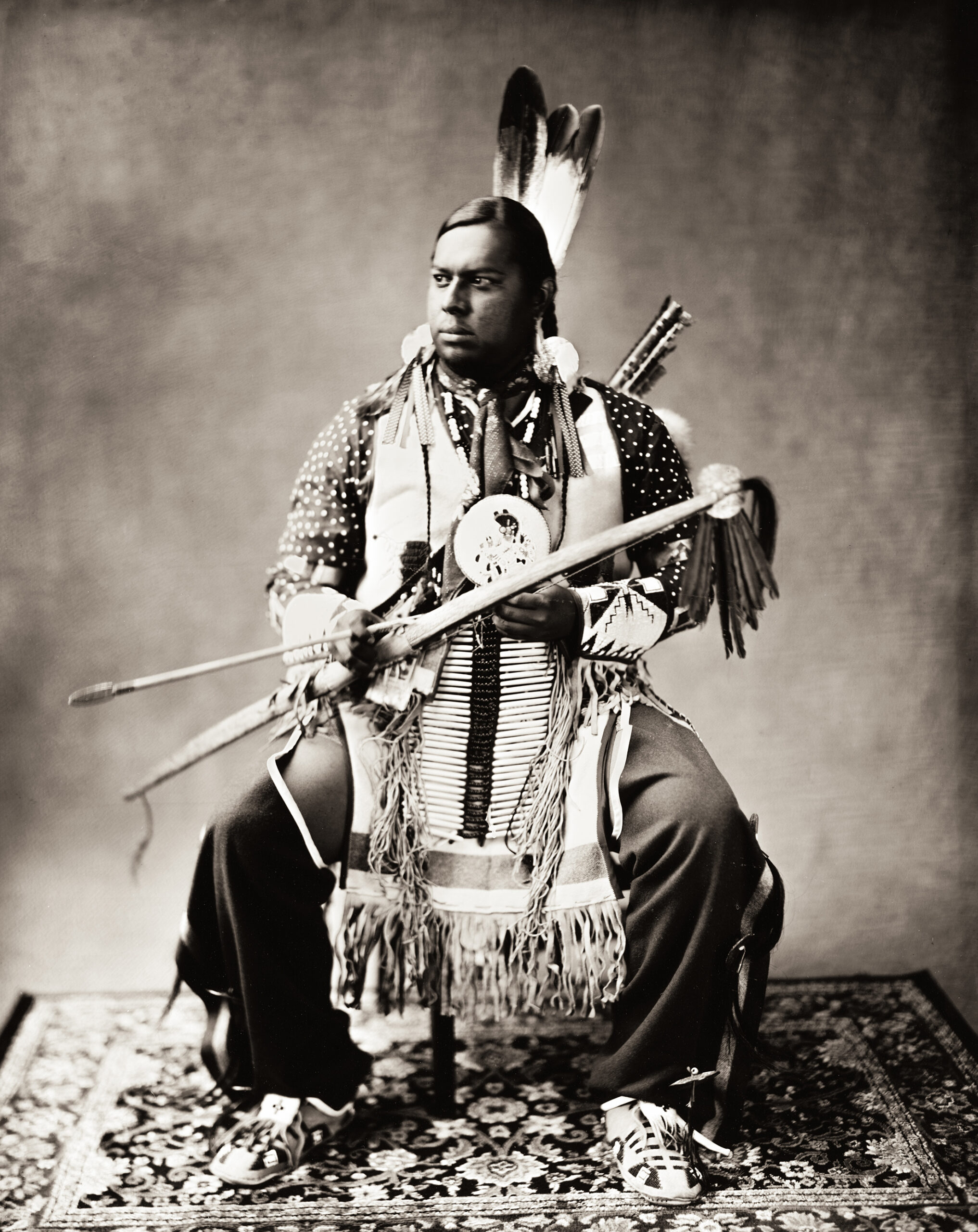
Many documentary photographers talk about establishing trust with their subjects. They spend a long time with their subjects before a camera enters the scene. The journalist who parachutes in and quickly exits is a recognized aesthetic as well as political problem in photojournalism.
Intent matters. Audience matters. Depth of knowledge matters. Even though none of these things are evident within the frame of a photograph, they are the things that cause the photograph to be created the way it is. Advertisers know this as well as ethnographers.
Shane Balkowitsch is not Native American. He’s also not a Swedish environmental activist, nor is he a conservative Canadian academic and social critic. He is, however, a photographer who approaches his subjects, all his subjects, with respect and empathy. All of us have the ability to photograph what we see, and the moral obligation to do it responsibly. Yes, we will sometimes deal with an audience that is more interested in speaking than listening, but there is no solution to this problem other than awareness and an ongoing conversation.
And as far as Shane’s new book is concerned, it is a marvelous and beautiful tribute.
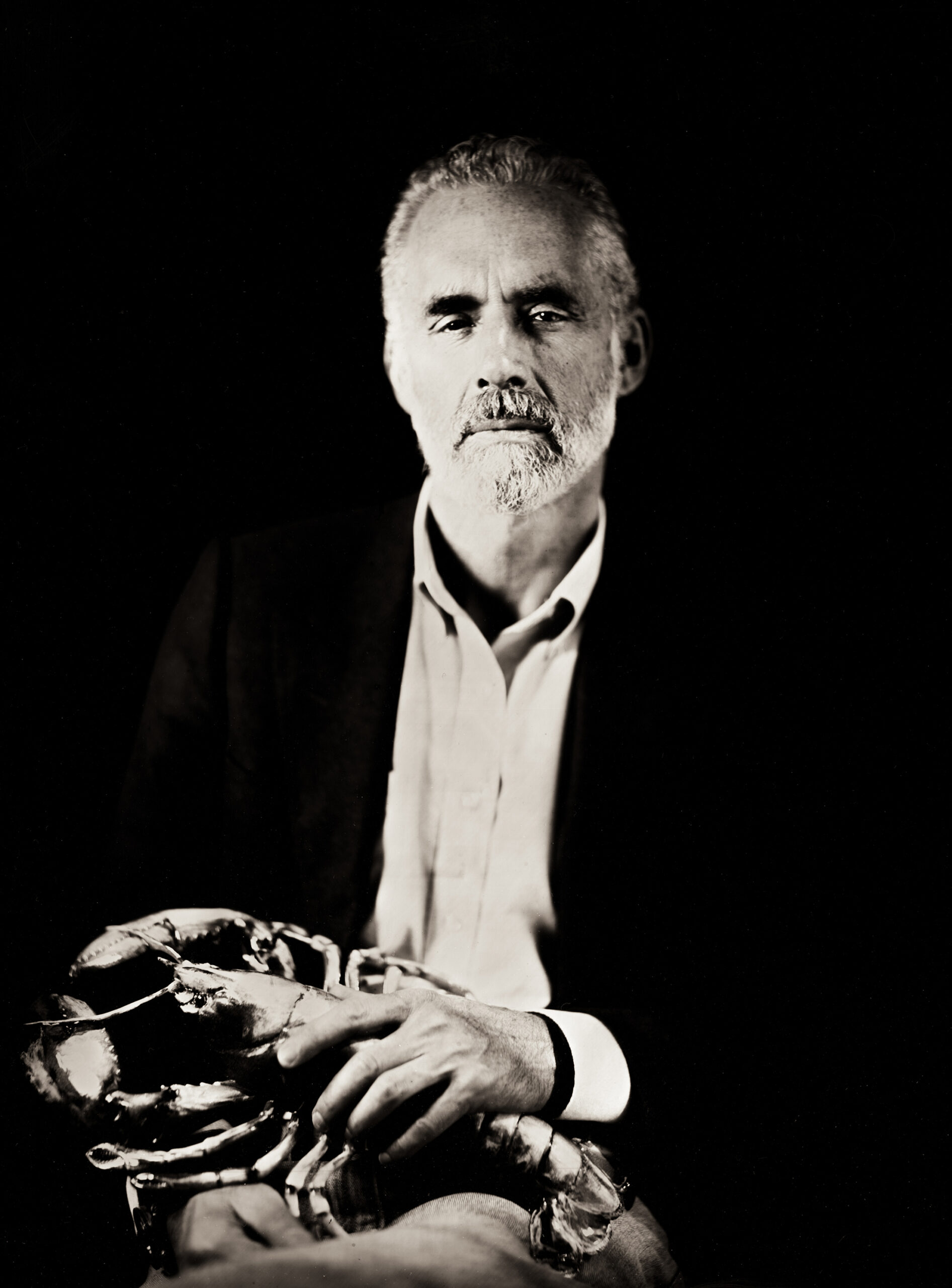
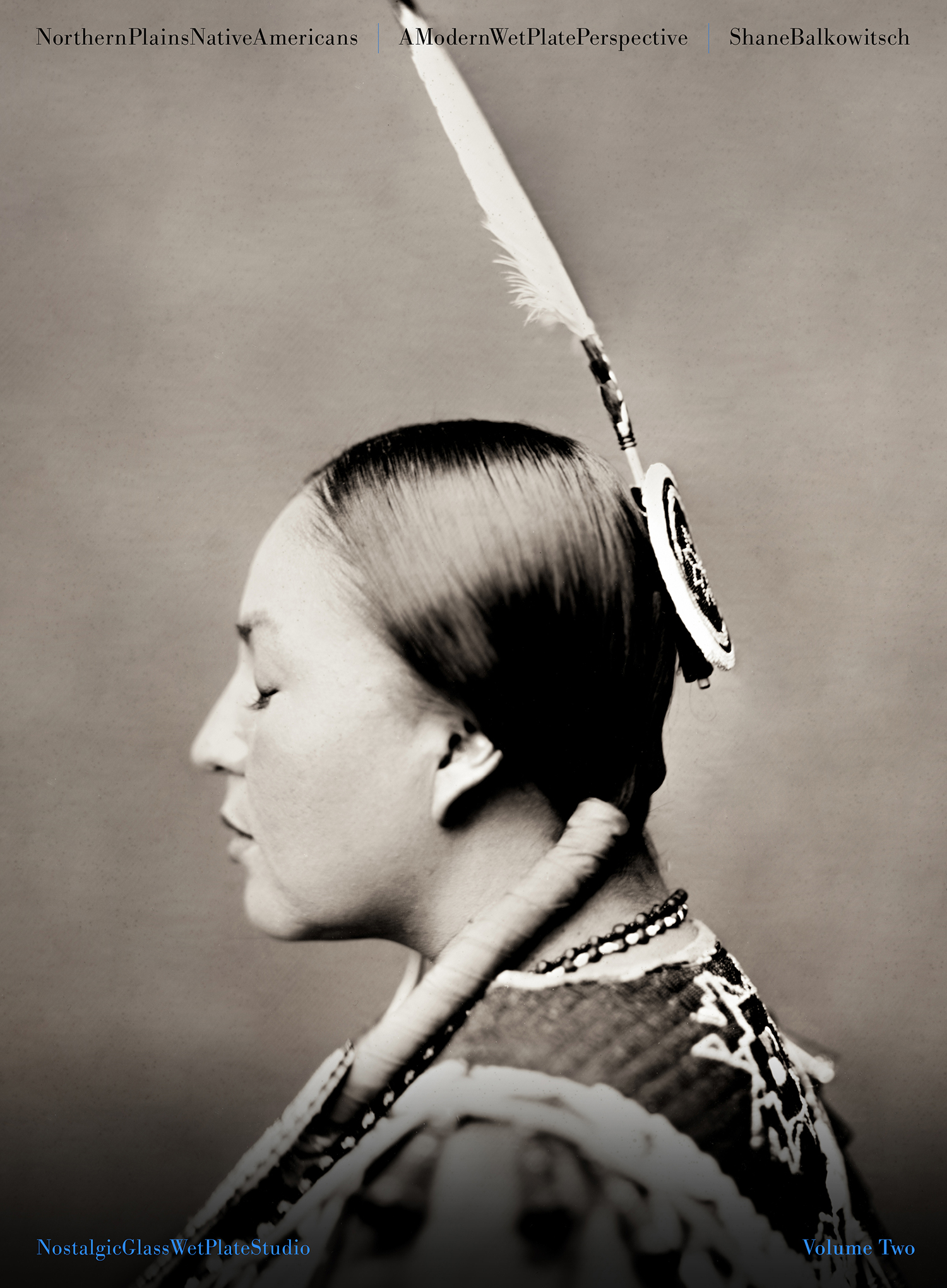
A note from FRAMES: if you have a forthcoming or recently published book of photography, please let us know.

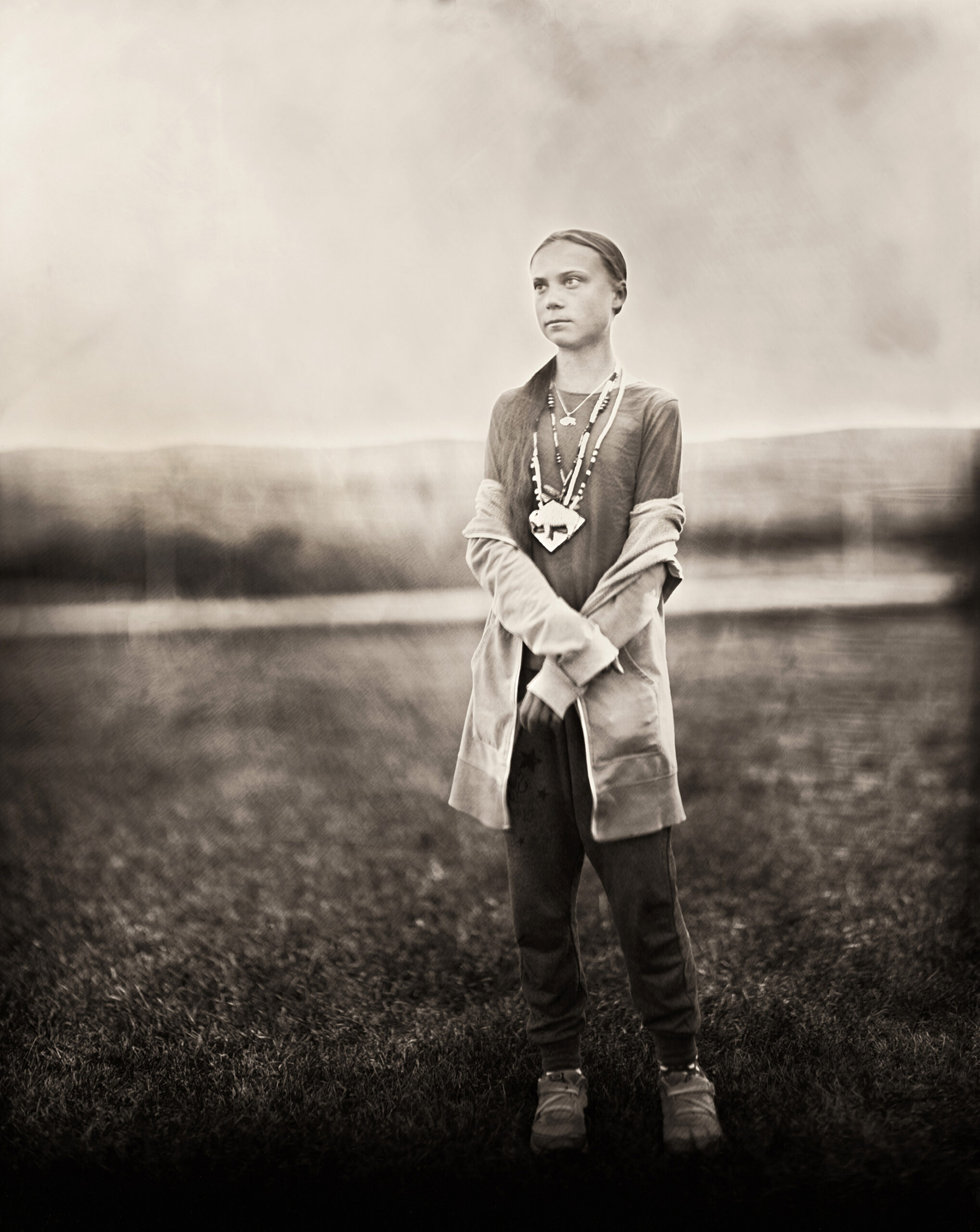


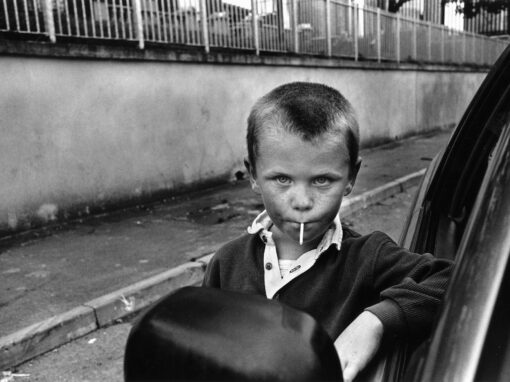
Rob Wilson
June 14, 2022 at 17:12
Excellent piece and exactly what needed to be said.
Every single one of us who is sincere in our photographic endeavours should stand with Shane on this.
Joe kayne
June 14, 2022 at 17:33
A fair and equitable response! What journalism is supposed to be about..
Bharat Patel
June 14, 2022 at 18:09
Very well argued. I am totally on the side if Shane whose work and images are exceptional. They will be well admired for many decades to come.
Lynne
June 14, 2022 at 19:31
An excellent article. It is sad that Shane has been subjected to such views, questions and comments. I admire his work. The photographs show his empathy and understanding. They are authentic and completed in partnership.
michael fox
June 14, 2022 at 22:33
I have followed Shane’s work for a long time. As somewhat of an expert on the work of D.F Barry and his mentor O.S. Goff, I was fascinated by the fact that Shane uses the same technique and works out of Bismarck just like his photographic predecesors. Unlike Barry and Goff however, Shane makes his photographs on terms that his subjects bring to the image. This makes all of the difference. Many Indigenous people treasure the images of their ancestors make by Barry, Goff and others like Curtis, not because of their political content as objects, but as parts of their own histories, memories and shared culture. Shane continues this tradition, but not as an outsider documenting the decline of Indigenous culture, but as an ally recording and celebrating its continuation and resurgence. Thank you for this insightful review of his excellent book! –Michael Fox, Curator of History, Museum of the Rockies, Bozeman, MT
Chad
June 15, 2022 at 00:13
I’d only take exception with only one point in this piece: the suggestion that white North Americans don’t have a traditional outfit. Go to Germany. Or Italy. Or Norway. Or Mexico. Sit in an airport, train station or tourist area. You’ll be able to spot a group of white North Americans a mile away.
Kent Burkhardsmeier
June 15, 2022 at 01:18
I am a fan of the photographic talents of Shane Balkowitsch and admire the beauty, dignity and pride of each Native American image in both books.
As a fellow photographic artist and supporter of Public Radio, I found the South Dakota Public Radio interview very disturbing for several reasons beyond an attack on Shane and his work. First, the radio show segment was advertised as an interview with the artist of the Native American exhibition at a Rapid City gallery. I believe viewers were tuning in to learn more about the exhibition—one would hope to drive attendance. Instead, that path took a different direction as the radio host switched directions on the listeners and her guest (Shane). Secondly, after the radio host had pushed the audience and Shane down a different direction, she wasn’t listening to Shane’s response. She sought to create controversy. Thirdly, good journalists don’t become part of the news. This interview became the news—not the exhibition, not the individuals photographed, nor the photographic art pieces.
Anyone who has either had their image captured by Shane at his studio or observed Native American’s sitting with Shane, witness the rapport, respect, and admiration that Shane offers each and every one of his visitors. He provides as much time as needed to make a beautiful image, listens to their story, and engages all members present from a young toddler to an elderly grand or great grandparent.
I hope one day that Lori Walsh can visit with an open mind and heart Shane at his studio, wear her ‘native’ regalia, have her image captured, and experience a Native sitting.
Rita Long
June 15, 2022 at 16:06
Wow, amazing work ..fine art photography, wonderful words. Inspirational.
JiÀhn Charlotte
June 17, 2022 at 17:56
A well articulated article shining light on not only the photographers intent behind the project but the importance this project plays to the Native American participants themselves, giving them a platform to express ‘who’ they are and highlight their culture.
I’ve thoroughly enjoyed seeing the images Shane has shared, it’s a shame that some try to find offence and turn such expression into a ‘woke’ controversy. The colour of Shane’s skin should not even be a factor, the only thing that matters, or is of any consequence, is intent and collaboration.
Be like the eagle Shane, fly proud and soar above the naysayers 🦅
Peter Goode
July 12, 2022 at 16:22
Excellent article!! Excellent photography!, A very biased and uninformed interviewer,
Shane Balkowitsch
March 27, 2024 at 00:48
Thank you Scott Olsen for setting this record straight for the history books, your support is felt. It is a terrible thing when people who are trying to be “politically correct” do not take the time to understand the issue or the person they are accusing. My subjects have come from all over the world, as far as New Zealand to have their portrait taken in my studio. I am committed to this endeavor and will see it through.